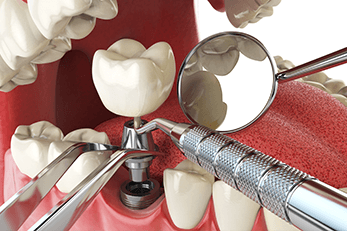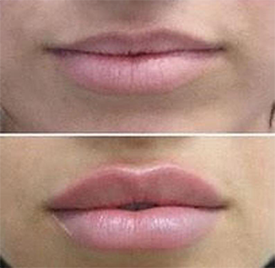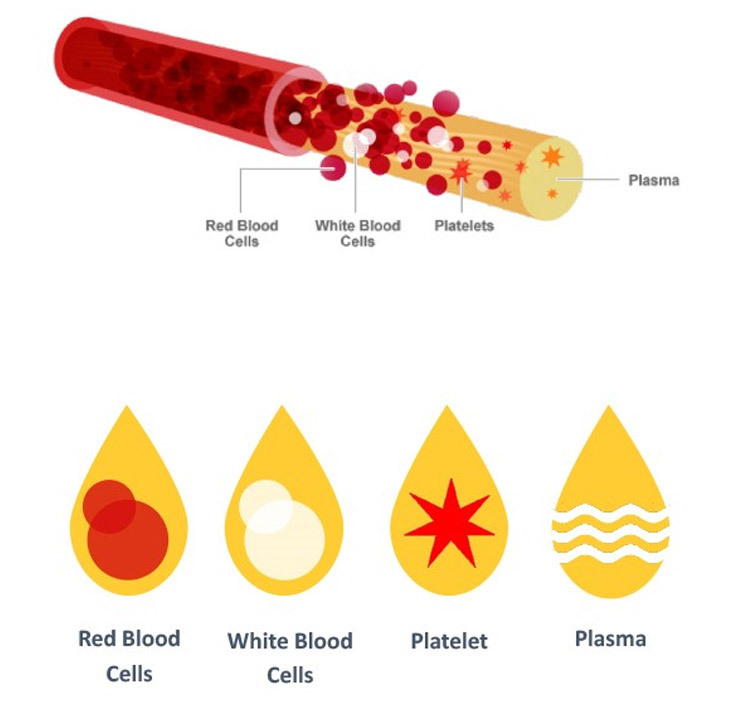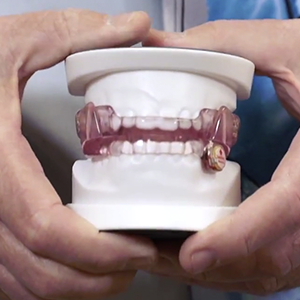All-on-4 Implants
What are All-on-4 dental implants?
All-on-4 implants are a permanent set of fabricated teeth set on dental implants surgically placed into your jaw. They look, feel, and function like natural teeth.
All-on-4 dental implants:
- Are permanent teeth that can be brushed and cleaned like natural teeth
- Do not have to be taken out
- Do not need adhesives
- Are comfortable because they do not press down on your gums
- Allow you to experience the hot and cold of your food, as well as the taste
- Allow you to bite with increased force (up to 70% more), so you can eat all of your favorite foods again
- Prevent bone deterioration
- Restore your facial features
- Speak with confidence
- Improve your quality of life
The All on 4 dental implant process starts with a consultation, where Dr. Ta and her staff will conduct a full dental examination, gather important information, and help answer any questions you have about the treatment plan. The consultation process involves going over your dental and medical history, performing a 3D CAT Scan for a detailed look into the existing state of your teeth, gums and jaw structure, and going over any fees and insurance coverages involved with the procedure.
After the initial consultation, you are scheduled for a surgery date, when your dental implants are implanted and your temporary prosthetics are placed right in the comfort of our office. Certified lab technicians will then custom design your final prosthetic replacement teeth that look, feel and function just like your own natural teeth. After your dental implants are completely healed, your permanent set of teeth are fixed into place.
How are All-on-4 Dental Implants different from dentures?
All-on-4 dental implants differ from dentures because they are a permanent solution for missing or severely damaged teeth. They are secured directly into your own jaw, so they look, feel and function just like natural teeth.
How do All-on-4 dental implants compare to traditional implants?
The All-on-4 dental implant technique uses only four implants per arch, whereas traditional implants utilize anywhere from six to eight implants or more in each arch. The implants of the All-on-4 procedure are also placed at an angle, which allows for increased contact by using the natural support of your bone. In addition, the All-on-4 procedure requires no bone grafting for most patients, which is common in traditional implant procedures. Therefore, All-on-4 dental implants save both time and money.
What is the success rate with All-on-4 Dental Implants?
Published studies show a 98% success rate using All-on-4 dental implants.
Who is the ideal candidate for All-on-4 Dental Implants?
The ideal candidate for the All-on-4 dental implant procedure at Dental Associates is someone who is missing most or all of their teeth, or is currently wearing dentures. Age is not a limiting factor for All-on-4 dental implants as long the candidate is in good health.
Will my results look natural?
Absolutely. The All-on-4 dental implant technique gives you permanent teeth that look, feel and function just like real teeth. No one will know you have implants unless you tell them.
Why don’t I get my permanent set of teeth the day my implants are placed?
As with any surgery, you need time to heal. However, you will not leave our office without teeth! A temporary set of teeth will be placed on your implants. Once the healing process is complete, your permanent teeth will be placed at a follow up visit approximately six months after surgery.
What if I just need implants on my bottom arch? What if I someday need All-on-4 dental implants on both arches?
All-on-4 implants can be placed on just the upper or lower arch. Our implant specialists will evaluate your circumstance and if we feel you might eventually need replacement teeth on both the upper and lower arches, we might suggest performing the procedure on both arches at the same time. This provides better results while also saving time and money. Your doctor will work with you to determine what best meets your health needs and financial situation.
What type of cleaning is required after an implant is placed?
Since dental implants should be treated like your natural teeth, daily brushing and flossing is recommended. Our team of specialists and dental hygienists will review oral hygiene instructions with you and recommend the most appropriate daily oral hygiene plan to fit your needs.






